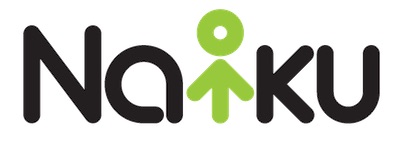
Welcome back to this week’s edition of Naiku’s Coach’s Corner
This week, I want to further discuss assessment, specifically summative assessment. The primary goal of a summative assessment is to help us measure a student’s achievement at the end of a dedicated instructional period. For example, we aim to evaluate student learning, skill acquisition, and academic achievement at the conclusion of a chapter, unit, etc. In most cases, summative assessment results are recorded as scores or grades that are then factored into our students’ academic record. Below, I discuss 2 other ways in which summative assessment can be used to improve teaching and learning.
1. Summative assessments can serve as a guide to improving teaching methods. We all use different teaching methodology within the classroom. Summative assessments can help us collaborate and improve teaching methods from year to year.
2. Summative assessments help teachers and administrators alike, in improving curriculum and curriculum planning. Standards-driven instruction plays a large role in schools today. When summative assessments show consistent gaps between student knowledge and learning targets, schools may turn to improved curriculum planning or new curriculum to fill those learning gaps.
The data that is collected using a summative assessment can help teachers, schools, and districts make decisions based on the instruction that has already been complete. This contrasts formative assessment, as formative assessment can help teachers and students during the instruction process. It is important to understand the difference between the two, as both assessments, along with pre-assessment, can play an important role in education.
In previous Coach’s Corner Blogs I have shared a sample pre-assessment as well as a sample formative assessment covering the water cycle. For today, I have created a sample of a final summative assessment for “The Water Cycle” unit. There are a couple of ways to access this sample assessment. If you are already logged into your Naiku account you can find this pre-assessment here. You can also search for this assessment by clicking “Search” from your assessments page. In the “Assessment Name” box, enter “Water Cycle Final” and click search.
I hope you found the information useful and find ways to incorporate summative assessments into your classroom.
If you have suggestions for future topics that you would like to see me discuss, please send me a note at sethw@naiku.net.

